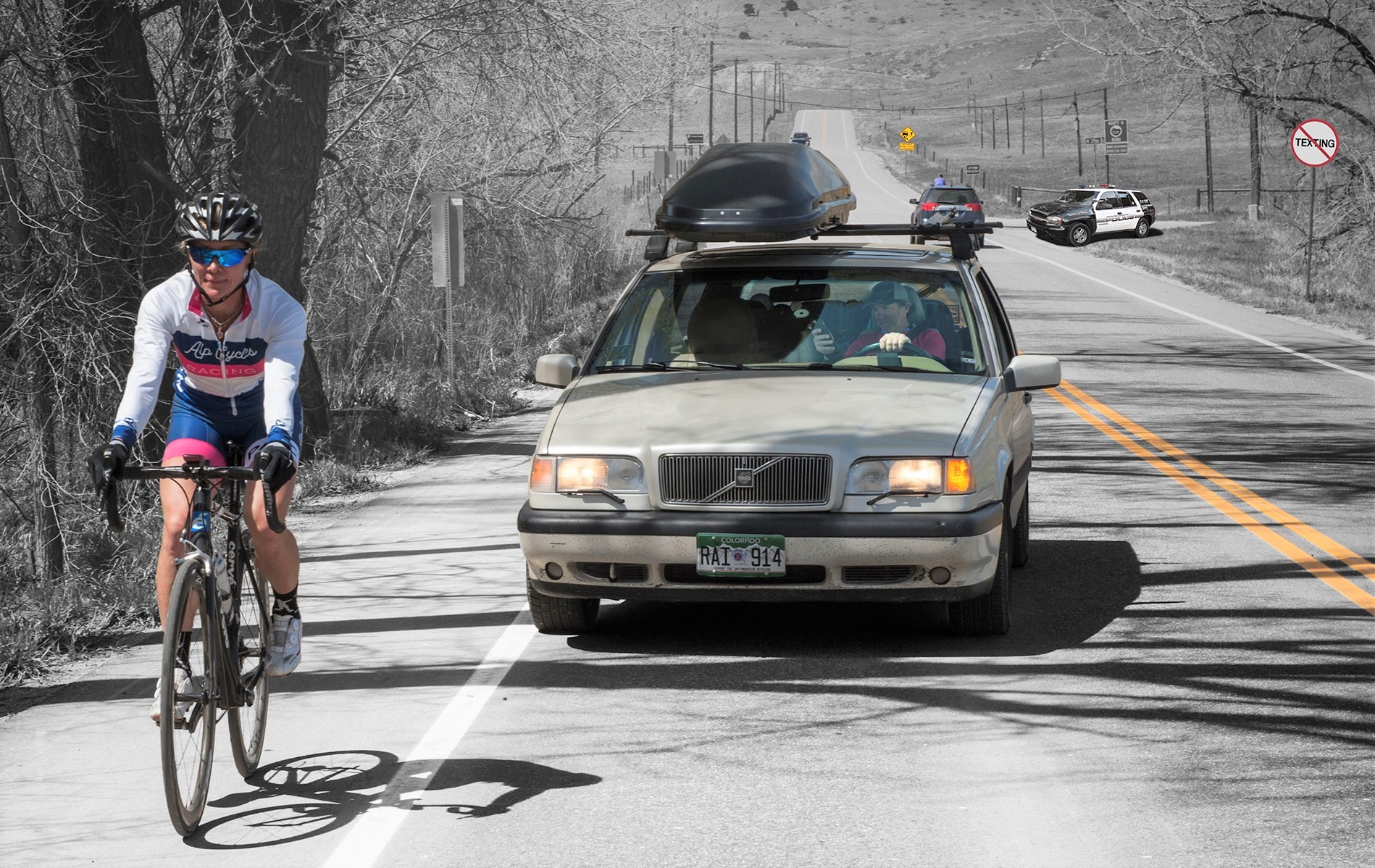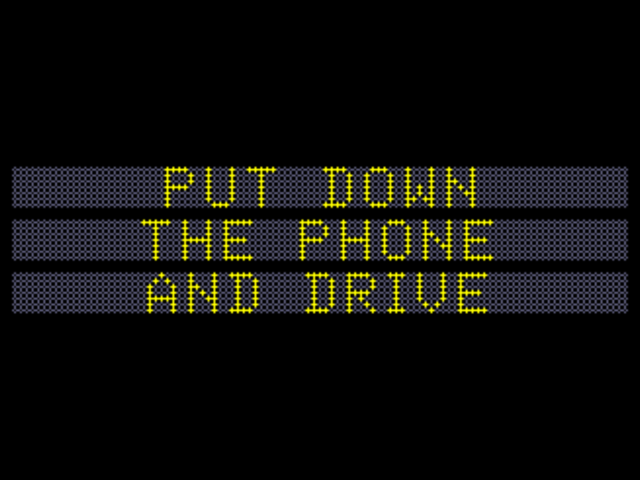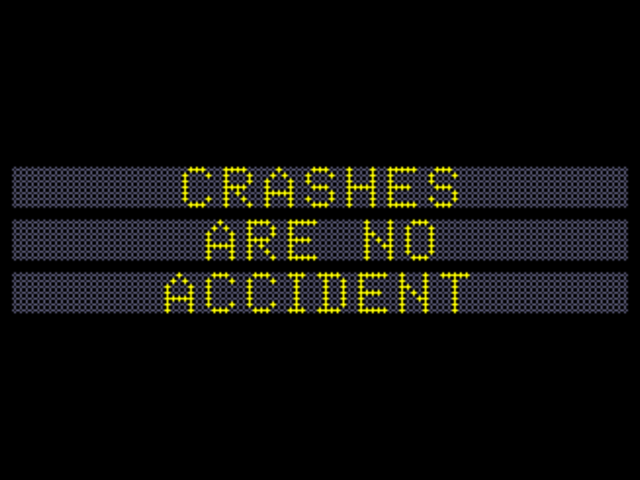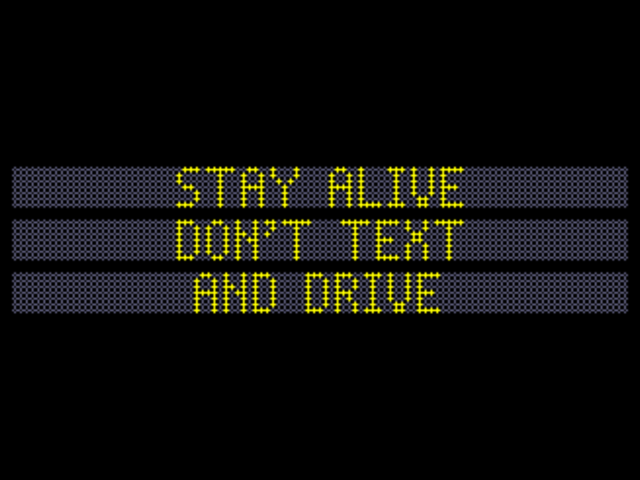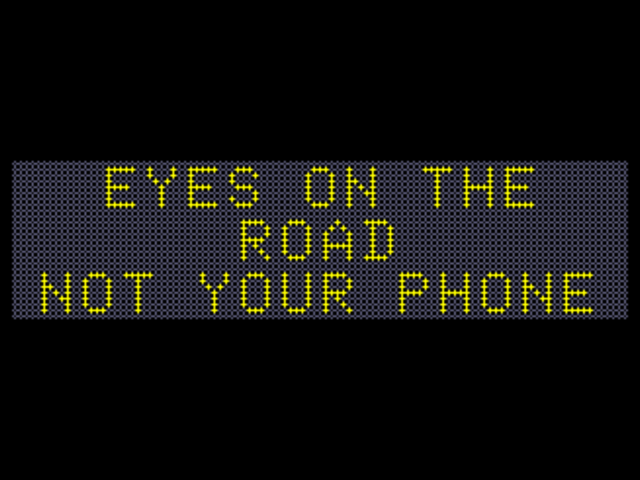The Latest on Distracted Driving
Current Proposed Legislation, Penalties, & Apps to Limit Distracted Driving
By Maureen & Megan
The Wednesday Memorial from January 22, 2019
The Colorado Department of Transportation (CDOT) reports that distracted drivers cause an average of 40 crashes each day in Colorado. In a survey conducted by CDOT in 2017, 89 percent of participants reported driving distracted in the seven days prior to completing the survey. Sixty-seven deaths in Colorado in 2016 involved distracted drivers. If that number does not seem high to you, think of it this way instead. Every day, family and friends of those 67 people who died are dealing with loss and grieving for a loved one.
Nationwide, 3,450 people lost their lives due to distracted driving in 2016. Earlier this month, Arizona police officer Clayton Townsend was struck and killed by a distracted driver during a traffic stop. The motorist, Jerry Sanstead, crossed two lanes of traffic before colliding with the pulled-over vehicle and then Officer Townsend. Standstead was booked on suspicion of manslaughter, aggravated assault with a deadly weapon, and endangerment. He is out on a $100,000 bond. The Maricopa County Attorney's Office will now have to decide what charges to file against him. Townsend, 26, leaves behind a wife and 10-month old child.
In Colorado, lawmakers are working to improve the safety of all road users, whether motorists, cyclists, or pedestrians. A bill aimed at further decreasing distracted driving in Colorado was recently introduced to the Senate on January 24, 2019. Senate Bill 19-012 - the hands-free distracted driving bill - is now under consideration by the Senate Transportation & Energy Committee. (Click here to take action).
Photo Credit: Bob Carmichael - Courtesy of Cyclists 4 Community
SB19-012 would prohibit drivers of ALL ages from using wireless telephones while driving. Current law only prohibits individuals younger than 18 years of age from using wireless telephones.
The proposed bill also extends the existing provision of the use of wireless telephones to include all mobile electronic devices. These are handheld or portable electronic devices used for amusement, transmitting wireless data, or voice communication between two or more parties, e.g. pagers, electronic games, laptop computers, or tablets. Also included are wearable mobile devices with a touchscreen. Think watches that monitor your heart rate, daily activity, movement, etc. For a complete list of mobile electronic devices, click here.
Images below courtesy of the Colorado Department of Transportation - #CrashNotAccident
Penalties for distracted driving would also increase under SB19-012 as follows:
Source: Colorado Legislative Council Staff Issue Brief, Number 17-28, July 2017
First violation - $300 and 4 points - a class 2 misdemeanor traffic offense
Second violation - $500 and 6 points - class 1 misdemeanor traffic offense
Third or subsequent violation - $750 and 8 points - class 1 misdemeanor traffic offense
Distracted driving is a global problem. Countries such as Canada are implementing tougher penalties. In Ontario, convicted distracted drivers will have their license suspended for three days on a first offense, seven days after two convictions, and for 30 days for third and further convictions. Fines would increase as well with drivers paying up to $3,000 for third or subsequent convictions.
One way to limit distracted driving is to use a cell phone blocking app or device. Drivers are prevented from making or accepting calls, texting, or accessing the internet while the vehicle is in motion.
If you own an iPhone, check out the “Do Not Disturb While Driving” feature in your phone’s settings. Phone notifications are withheld while driving, and an automatic response will be sent to the person trying to reach you.
Apple CarPlay features Siri voice control and allows you to make calls, send and receive messages, listen to music, and get directions while keeping your hands on the steering wheel and your eyes on the road.
Android Auto offers drivers hands-free voice control using Google Assistant. The Assistant can help you get step-by-step directions, call phone numbers from your contacts, chat with your favorite apps, read your messages aloud, and text back.
There are plenty of apps on the market that help prevent distracted driving and help parents monitor their teen driver’s cell phone use. Check out the Drive Safe Mode or LifeSaver apps. LifeSaver blocks all phone usage and lets parents know that their child arrived safely. The app locks the phone once the vehicle starts moving. It gives drivers iTunes rewards for safe driving. Check out more apps here.
CDOT is working to bring awareness to driving safely on Colorado’s roads. Their digital message boards focus on distracted driving, seat belts and work zone safety. The messages are designed to grab the driver’s attention, and they get people talking. Maybe you have even noticed some of the messages directed at distracted driving.
Looking to the future, autonomous vehicles or self-driving cars may be part of the solution to making roadways safer. Many collisions are preventable and are a result of distracted drivers who text, talk on a cell phone, or enter data into a navigation app, etc. There are lots of pros and cons to autonomous vehicles. An argument for autonomous vehicles is certainly that 81 percent of the estimated 5.5 million car crashes that occur in the United States every year are caused by human error. Computers could reduce the number of collisions each year. There is also no chance for a computer to be distracted, which is a leading cause of crashes every year.
Currently, testing of driverless cars is only allowed in five states: California, Florida, Michigan, Nevada, and Washington. Experts predict that the first commercially available semi-autonomous cars could be on the road in the next one to two years. (More here).
A big piece of the distracted driving battle is making sure no cyclists are driving their cars (or bikes) with phones or devices in hand. We have all seen it - cyclists sitting up on their bikes two-handed texting on their phones with their faces in their screens. It is up to us in the cycling community to perfect our behavior and do this right, and lead by example.
CALL TO ACTION FOR CYCLISTS:
If cyclists driving cars cannot put down their own phones, how can we ask motorists who ARE NOT cyclists to do so? We cannot lambaste "those motorists" for driving distracted while exhibiting the same behaviors. It always helps our causes and battles when we can say cyclists are doing everything we can as a group to improve our own conduct.
We have more information on distracted driving and what you can do to make the roads safer for all users in our blog post Take the Pledge: April is Distracted Driving Awareness Month. Don’t put others at risk. Put your mobile electronic devices down while driving or just turn them off.

